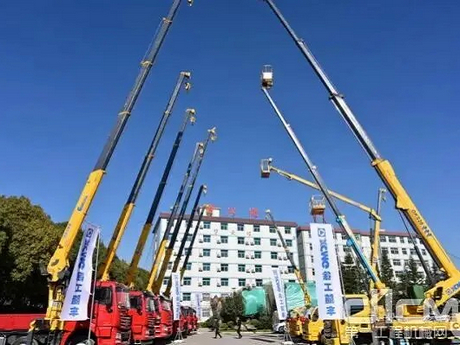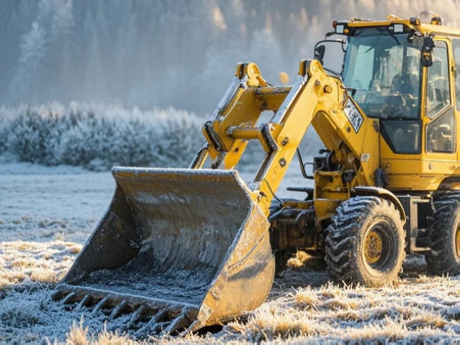|
In the urban infrastructure, municipal maintenance and large-scale industrial projects, aerial work scenes are increasingly complex, in order to meet the needs of multi-type, multi-working conditions of the operation, aerial work trucks are often used with a variety of equipment to work together. In order to enhance operational efficiency and construction safety, scientific and reasonable selection of supporting equipment has become an important part of operational organization and equipment management. At present, in the joint operation of aerial work trucks, the commonly used supporting equipment has the following categories: First, mobile tool scaffolding. The structure is flexible, easy to quickly dismantle and install, and is suitable for scenes with low operating height and restricted space. It can cooperate with aerial work trucks to complete segmented operations and multi-point operation tasks within a short period of time. The second is various types of aerial working platform equipment, including scissor-type, curved arm type, boom type and mast (sleeve cylinder type) and other forms. Different platforms have their own working heights, rated loads and operating radii, and are suitable for different terrains and construction needs. Among them, scissor-type platforms are suitable for indoor or ground leveling areas, while curved-arm and jib-type platforms are more suitable for complex, high-level intersecting structural work. In the process of supporting the use, before selecting the model, you need to conduct a comprehensive assessment of the operating environment, to clarify the operating height, load requirements, terrain conditions and access restrictions and other key factors. For sites with uneven ground or outdoor work requirements, models with good cross-country performance and support systems must be selected. At the same time, all aerial working platforms should be inspected and confirmed by qualified and authorized personnel to ensure that the equipment is in good condition and all safety devices are properly configured according to the manufacturer's standards. During use, operation should be strictly controlled within the rated load range, and no unauthorized modification, removal or bypassing of any safety system is allowed. To ensure operational safety, operators must receive systematic job training and model familiarization courses and be qualified to operate before taking up their duties. The training content should cover equipment operating procedures, safety standards, and emergency situation disposal programs, etc., in order to comprehensively enhance the safety awareness and response ability of the operators. With the diversified development of aerial work scenes, joint operation is becoming the mainstream trend. Reasonable configuration of aerial work trucks and their supporting equipment has become a key part of ensuring construction efficiency and operational safety. Subsequently, the relevant technical units will continue to promote the construction of equipment intelligence and management standardization to provide more professional and safe operation support for the construction site.
|




























